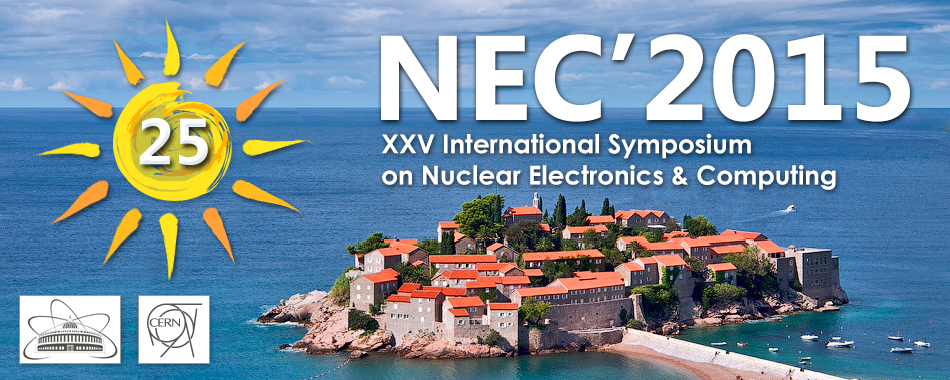Speaker
Dr
Vladimir Korenkov
(JINR)
Description
The report introduces the status and evolution of the information technologies at JINR. The objective of Laboratory of Information Technologies activity is to provide a further development of the JINR network and information infrastructure asked by the research and production activity of JINR and its Member States using the most advanced information technologies. The existing Central Information and Computing Complex of JINR is evolving into the Multifunctional Centre for Data Storage, Processing and Analysis aimed at providing to its users a wide range of possibilities through its main components: a grid-infrastructure at Tier-1 and Tier-2 levels devoted to the support of the LHC experiments (ATLAS, Alice, CMS, LHCb), FAIR (CBM, PANDA), NICA(JINR) and other large-scale experiments; a general purpose computing cluster; a cloud computing infrastructure; the heterogeneous computing cluster HybriLIT; an education and research infrastructure for distributed and parallel computing.
Particular attention is paid to the creation of a unified information environment integrating a number of various technological solutions, concepts and techniques. Such an environment should integrate supercomputer (heterogeneous), grid- and cloud-complexes and systems in order to grant optimal approaches for solving various types of scientific and applied tasks. Necessary requirements to such an environment are scalability, interoperability and adaptability to new technical solutions. The unified environment is a complex hardware-software complex which operates 12 months a year in a 24х7 mode and uses a big variety of architectures, platforms, operational systems, network protocols and software products. The interface of the uniform environment should provide a way for organization of collective development, solution of problems of various complexity and subject matter, management and processing of data of various volumes and structures, training and organization of scientific and research processes
Author
Dr
Vladimir Korenkov
(JINR)

